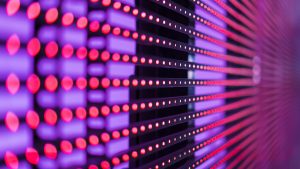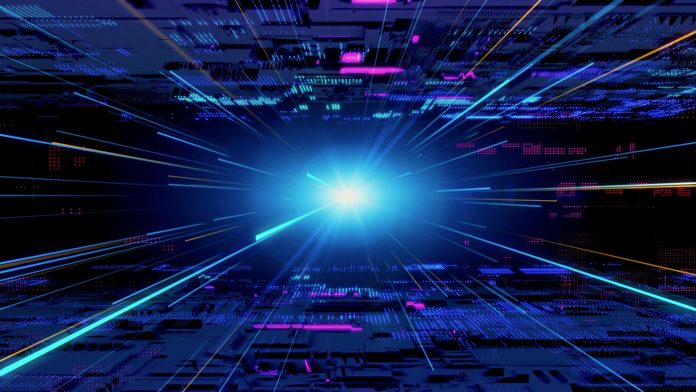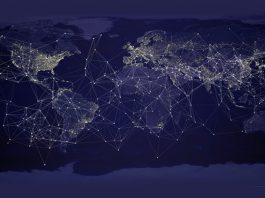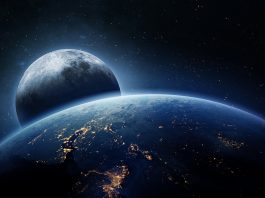Researchers from the University of Strathclyde are advancing space quantum technology through two exciting new projects.
In partnership with the University of Bristol, the Strathclyde team is using recent developments in the fabrication and device integration of ultraviolet micro-LEDs to advance space quantum technology.
The projects will enable the use of compact, low-power, robust sources for satellite QKD (quantum key distribution), which offers future-proof security based on fundamental laws of physics.
A parallel project, led by Strathclyde and Swansea University, will use nanoparticles as special sensors on Earth and in space. These sensors will measure gravity and the density of the thermosphere, in the upper region of Earth’s atmosphere.
What role do micro-LEDs play in the development of space quantum technology?
The use of micro-LEDs will be explored to overcome difficulties with laser diodes in satellite QKD sources, such as fluctuations in intensity and the need for thermal control.
Two interlinked directions of development will be pursued: the optimisation of photonic sources of secure quantum signals that are both robust and designed for easy integration into small satellite platforms, along with the use of shorter wavelengths for intersatellite QKD.
The innovative aspect of the project is the exploitation of the latest developments in space quantum technology.

UV micro-LEDs are capable of being integrated with its driving and control circuitry and consequent miniaturisation. This means they are promising for use in conventional terrestrial free-space optical communication (FSOC), but not for satellite QKD.
Dr Daniel Oi, a Reader in Strathclyde’s Department of Physics, said: “Satellite QKD is a promising solution to global-scale secure communications. These are proof of advances in cryptanalysis and accelerating developments in quantum computers that threaten existing public key infrastructure.”
“Space quantum technology overcomes the exponential losses inherent in fibre transmission and allows mobile connectivity to remote areas, aircraft and other satellites.
“Satellite QKD is also expected to provide the underlying basis for global quantum communication networks, large-scale distribution of quantum entanglement, and, eventually, the establishment of the quantum internet.”
Dr Siddarth Joshi a lecturer at the University of Bristol’s Quantum Engineering Technology Labs, commented: “We are excited to explore the advantages that micro-LEDs and novel wavelengths bring towards creating a network of interconnected satellites for quantum communication at a global scale.”
Advancements in the field of nanoparticles
Recent advances in the field of levitated optomechanics – the motion of tiny particles held and measured in free space by laser light – are crucial to the advancement of space quantum technology.
They have shown that nanoparticles can exhibit behaviours that are governed by the laws of quantum mechanics, a fundamental theory which describes how atoms and subatomic particles interact.
This has led to nanoparticles, which are a thousand times larger than an atom and a thousand times smaller than a single grain of sand, being investigated as new sensors in laboratory conditions. However, scientists have yet to apply this to the real world.
Researchers are pushing the limits of space quantum technology so that nanoparticles can be used as sensors in space. LOTIS (Levitated Optomechanical Technologies in Space) is an 18-month project to develop technologies to enable future space-borne devices using nanoparticles.
It will develop techniques which are small, lightweight, and rather than car-sized satellites, can fit onto the more compact CubeSats. This approach dramatically lowers development and launch costs.
Dr Oi said: “We are developing highly sensitive sensors for satellites which are greatly reduced in size and can perform measurements of the space environment.
“This is part of a wider, international space quantum technology programme which will extend its applications from Earth and space-bound applications.”









